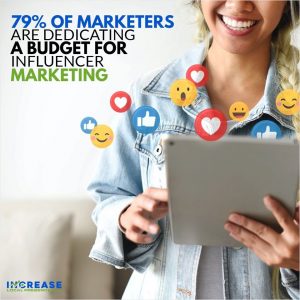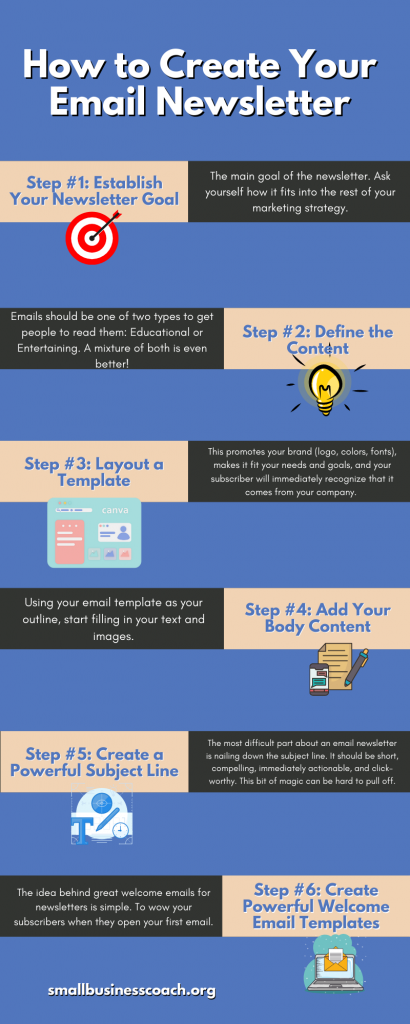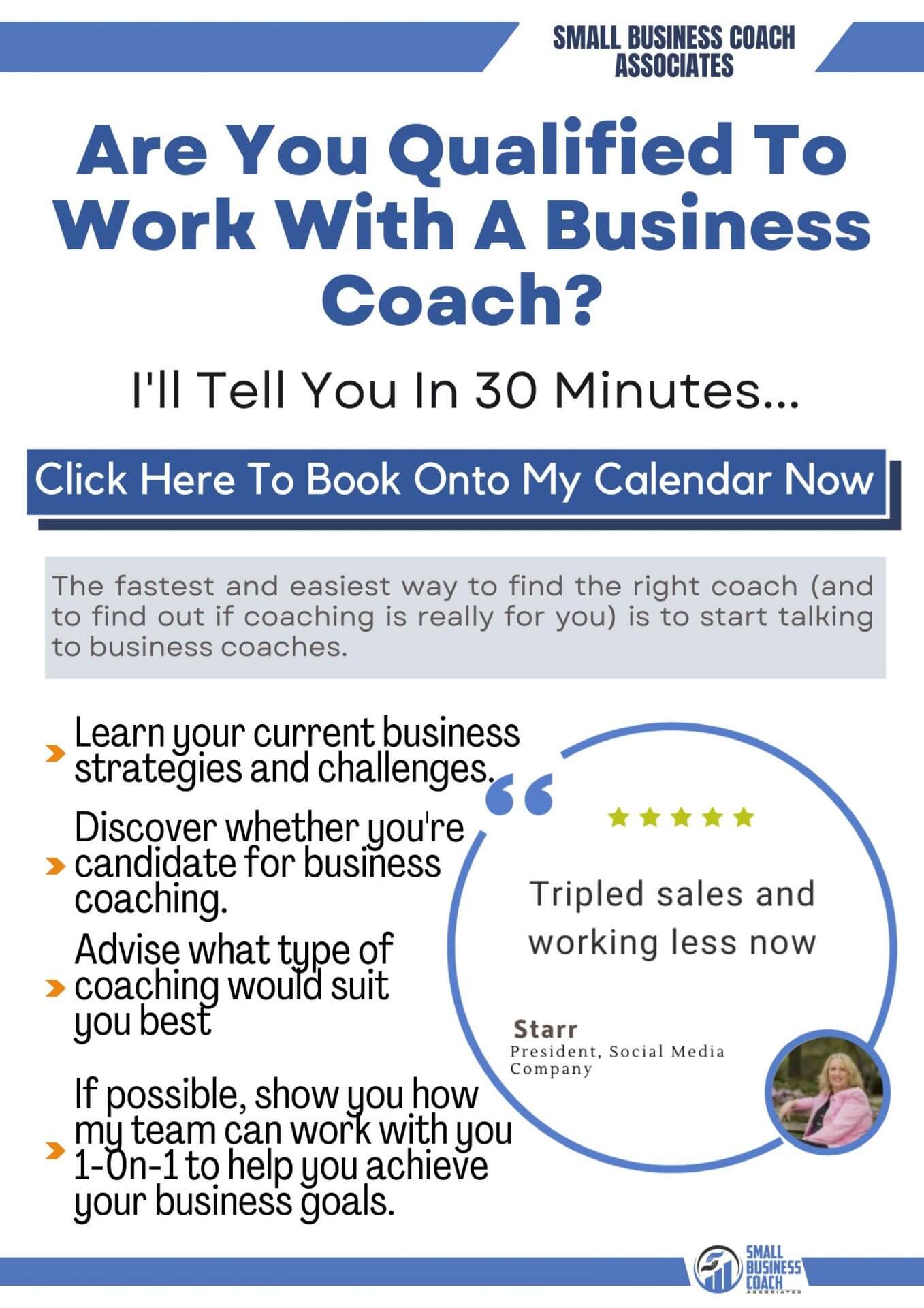VIEW BY TOPIC
- Finding Customers
- Business Systems
- Managing Employees
- Leadership
- Managing Money
Related Posts
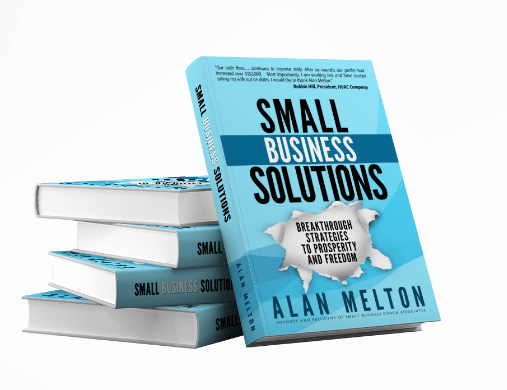
Ready to Grow Your Business Fast?
Here’s How I Grew Five Businesses, and Eventually Sold One to a Fortune 500 Company.
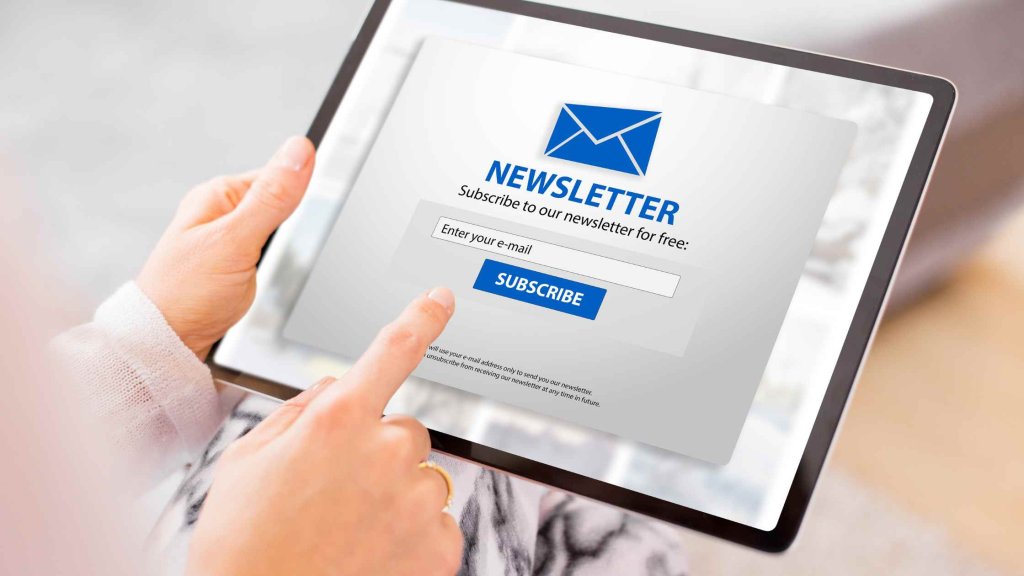
How to Create a Great Email Newsletter?
What Makes a Good Email Newsletter?
An email newsletter continues to be a great strategy to grow business. It’s free and doesn’t require a ton of effort to produce. I’m sure, like me, you get numerous newsletters over any given week. If you don’t have your own email newsletter in place, it’s time to consider starting one.
Email newsletters are growing in predominance and remain one of the several tactical marketing strategies that bear a huge load for your usage with general touchpoints for clients, marketing as well as branding. Speak with any marketer nowadays and you’ll hear the same advice – You want to “touch” your subscribers at least 12 times. Eighty percent of all sales happen between the 5th and 12th touch. Although you are not likely to win a lot of clients through emails alone, these messages can take your client down the path to your business.
However, to succeed in this, you require an email list and you must work hard to build such a list. Your email list is essentially one of the most powerful tools you possess, so, you and your marketing team must send out the best possible emails to your audience.
Building A Good Email List
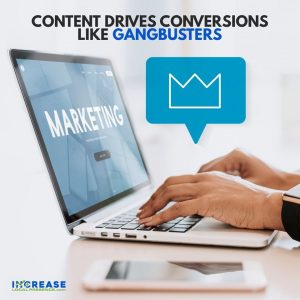
Now how can you build a good list? An essential part of fabricating a thriving list is by delivering regular email newsletters. You can consider creating and utilizing a personalized checklist that will assist you to keep your emails harmonious with ‘the voice’ of your brand, while concurrently meeting the demands of your clients consistently. Invest time in composing your checklist and then adhere to it. This will help you advance future email marketing campaigns and considerably increase your Return on Investment (ROI).
The question remains; Is it worth it? What is the purpose of an email newsletter and how will this help you build your business? Continue reading to discover the answers to these questions as well as enhance your email campaign success.
The Purpose of a Good Email Newsletter
Newsletters are the life force of every marketing campaign as email marketing has emerged to be more efficient than social media marketing over the decades. Recent research has proven that email marketing is forty times more likely to capture new customers than Twitter and Facebook. Also, your email list is a more reliable bet than fans on social media. A social media page can close down at any time and you’ll lose access to your followers. But you literally own your email list.
Email Newsletters Are Reliable
Emailing newsletters is one of the most reliable ways to remain in contact with your customers. The current global crisis that has seen many people staying at home. This has caused businesses to lose ties with many of their customers. You email newsletter may be the only touch point you have to connect with some customers. It’s a unique opportunity to remain connected with your client. This can help them understand that you care about them because that is exactly what they want to know.
The Chief Purpose of an Email Newsletter

With an email newsletter, it’s all about telling stories and developing relationships. The chief purpose of every email newsletter is to furnish those on your list with updates about your business, goods and services. However, an email newsletter shouldn’t be employed for a hard sell. Instead, it should feel like an update from an engaging and kind friend rather than a persuasive clerk.
Brands transmit email newsletters to notify their audience/subscribers on the latest news and updates. These emails actually have little or nothing to do with selling. They’re more concerned with building customer loyalty with the aid of valuable content. This does not mean that these newsletters are merely used to keep in touch. They can be used to spur your customers to take actions like anchoring to your blog posts and/or making a purchase.
Here are measured goals that can be attained by sending email newsletters.
-
Traffic boost
Often, email newsletters comprise useful tips; quick checklists with links to principal articles, and blog posts where clients can detailly examine the content. As a result, you can efficiently boost traffic to your blog or website.
-
Brand awareness and identification enhancement
If you always send relevant and unique content, you can rest assured that your subscribers will wait for your next email newsletter. They will affiliate your brand’s logo and sender mark with the actual experiences they receive from your emails. This constitutes an essential step towards building brand authority.
-
Enhanced sales
Although email newsletters generally have a non-commercial nature, they can help you spur sales indirectly. For instance, You can choose to offer your audience a case study of one of your successful customers or share a comprehensive guide on how to use your services efficiently. If these materials appear reasonable enough to your subscribers, those who are yet to decide to make a purchase will have more reasons to do so.
-
Social media profiles advancement
If you just created a page or profile for your brand on Instagram or Facebook, you can simply promote it by attaching links to your email newsletter. State reasons why your account is worth following and inform your subscribers of the kind of information you share on social media.
- Sending newsletters establishes you as a leader or expert in your field. A newsletter builds trust in you and your business, and also, determines consumers’ needs and interests
Owning and managing an email list is vital to your brand’s progress. Once you concede the actual purpose of a newsletter, you can employ email campaigns to lead your customers toward taking some kind of action. All through, you’re equipping them with relevant content that furnishes them with specifically what they want.
Understanding the purpose of an email newsletter can help your brand succeed in the following ways;
- Inspiring them to engage in an event or fundraising.
- Updating them on the latest content you have to offer
- Notifying them on forthcoming sales, promotions, or special event opportunities.
How to evaluate the success of your email newsletter
Like any other form of marketing, you want to keep a record of your email marketing (ROI)- Return On Investment. With email newsletters there are little costs, other than the labor it takes to create and distribute them. For e-commerce businesses, the return will be the most significant measure of success. When you convert a prospect to a customer, always track where they learned about your business.
However, to guarantee victory with your email marketing campaign, you must plan well. You can begin by experimenting with what works well and what doesn’t. Note that email marketing platforms possess metrics that can assist determine if your emails are working or not. You can equally use Google Analytics tools to estimate the funds coming from your email marketing operations.
Your Email Marketing Platform will provide these metrics to you:
- The number of people who open your emails.
- The number of people who click on links within your emails
- The number of people who unsubscribe from your list
It is essential to pay close attention to these metrics after every campaign as they’ll not only reveal to you areas that require adjustments but also determine if the changes you’re executing are paying off.
For example, you may discover that you had several unopened emails and decide to address a more personalized copy in the next campaign. Once this happens, you should certainly notice a rise in your open and click-through percentages.
How to Create Your Email Newsletter
From the write-up, there are many good reasons why you should create and manage a newsletter. It can be a great direct marketing method, and a “goodwill” service for your audience. The following steps have been carefully outlined to guide you towards creating your own newsletter.
Step #1: Establish Your Newsletter Goal
While you’re convinced that you should use email marketing, the next step is to determine the main goal of the newsletter. Ask yourself how it fits into the rest of your marketing strategy.
You may want to simply get more email contacts, announce your company’s launch, or promote a new product line. No matter your goal, make sure to keep it in mind as you work through the creation process.
With an established goal, the next move is to plan your content.
Step #2: Define the Content
Emails should be one of two types to get people to read them: Educational or Entertaining. A mixture of both is even better!
A couple of years ago I was working with the owner of a printing business. He was a genius in delivering outstanding content while making it very interesting. He was able to achieve a 60% open rate for his email newsletters, which is outstanding!
Put together content that is useful and relevant for your intended audience. Don’t constantly try to sell something. Build trust by providing helpful, engaging, and well-written material.
You don’t have to grind out all-new copies each time. Re-purpose existing content from your blogs, training materials, articles, and marketing brochures.
Make it entertaining by adding jokes, quotes, cartoons, or stories. (I always read an antique dealer’s newsletter because it included stories from readers who found a bargain-priced treasure in a junk shop, yard sale, or other unexpected places.)
Think about how often you plan on sending the newsletter, where you may have already composed content and its optimum length.
The next move on your path is to create an outline to follow for each release.
Step #3: Layout a Template

You can use an email service provider’s template but, in our opinion, you should stick with your website design look-and-feel. This promotes your brand (logo, colors, fonts), makes it fit your needs and goals, and your subscriber will immediately recognize that it comes from your company. Make it distinct and unique.
Now, the format.
Pick from this optional list of formatting elements and characteristics:
- Text (fonts, colors, sizes)
- Layout (length, margins, justification)
- Highlighting (bold, italics)
- Imagery (logo, photos, cartoons)
- Columns
- Tables
- Lists (bullets, numbers)
- Repeatable section titles
- Links (to landing pages, videos, web sites)
Again, let your website style and branding choices drive the look of your newsletter.
Bottom Line > your email template must be mobile-friendly.
Once you have the format down, start compiling your content.
Step #4: Add Your Body Content
Using your email template as your outline, start filling in your text and images.
For long body content, use images to break it up. Just as with your website, it’s important to keep a balance between text and images so that your audience keeps reading. Size any imagery so that it doesn’t overtake the size of the text.
Don’t forget to run the draft newsletter by a few people, either inside or outside your organization. Ask them to give honest feedback, including pointing out typos, poor grammar, and factual errors. You could follow up with a shortlist of questions to determine if the material met your goals, like:
- Did you enjoy or appreciate the content?
- Was it professional?
- Did you learn anything?
- Was it too long or too short?
- Would you like to continue receiving it?
- What part of it did you find most valuable or interesting?
Step #5: Create a Powerful Subject Line
The most difficult part about an email newsletter is nailing down the subject line. It should be short, compelling, immediately actionable, and click-worthy. This bit of magic can be hard to pull off.
Think of it this way – subject lines are just like headlines on your website or the titles of your blog posts. They need to express the idea without telling everything while compelling the reader to want to see what’s inside.
Step #6: Create Powerful Welcome Email Templates
The idea behind great welcome emails for newsletters is simple. To wow your subscribers when they open your first email.
First, a subscriber visits your site and you give them a private information, so they’re more likely to engage.
Second, the subscriber begins to expect your email. 74% of people expect to receive a confirmation email shortly after subscribing to your list, and they’ll visit their inbox just to find it.
That is why why are they so successful. Even better, having a set of welcome email templates may be crucial to your newsletters success.
whether it is a free download, personal thank you, what to expect or discount – curating welcome email templates should be top priority. “
A few points to consider for the all-important subject line in an Email newsletter:

Is it attention-grabbing?
Does it relate to the email recipient’s needs or interests?
Will it help them solve a pain point or challenge?
Will it spark their curiosity?
Does it match the email content?
Is it a mobile-friendly length of under 40 words?
Can we personalize it by including their name?
Are the spellings, grammar, and punctuation correct?
Did I avoid using CAPS or special characters (!!!)?
Brainstorm some attention-grabbing words and phrases such as sneak peak, secret, hidden, solution, little-known, exciting, must know, avoid these mistakes; free, clearance and discount always get my attention. Avoid spammy verbiage like amazing, open right now, or we need to talk. At any cost, don’t let your subject be vague or boring.
Test out your subject lines just to see if they land in the recipients’ SPAM folder. “Free” may be an appealing word but it can trigger a spam filter. Also, prevent spamming attacks using an SPF record checker and follow several email security steps as well.
Practice Makes Perfect With Creating Email Newsletters
Over time, you’ll get better with practice and by paying attention to what is and is not working with your email list.
NOTE: Don’t neglect to keep it legal. There is a law called CAN-SPAM which requires you to include an “unsubscribe” option in each email, along with your contact information.
Now that you have created your educational and entertaining email newsletter and determined your intended recipients, you only need to send it. However, your work isn’t done. Take the time to analyze the results. By analyzing open rates, click rates, and other metrics, you’ll be able to understand what you need to do better next time.
So, in summary, what can an email newsletter do for you?
- Connect with potential clients
- Establish you as a leader or expert in your field
- Build trust in you and your business
- Enhance brand awareness
- Determine consumer needs and interests
- Increase traffic to a designated site
- Acquire more leads
- Generate more sales
And how do I accomplish those outcomes through an email newsletter?
- Provide relevant news, tips, and information
- Publicize events
- Send announcements
- Promote products and services
- Make special offers
- Cross-promote partners and business contacts
- If you don’t have your own email newsletter in place, it’s time to consider starting one.
Have email newsletters worked for you? Any tips you would like to share with other business owners? Reply in the comments below.













